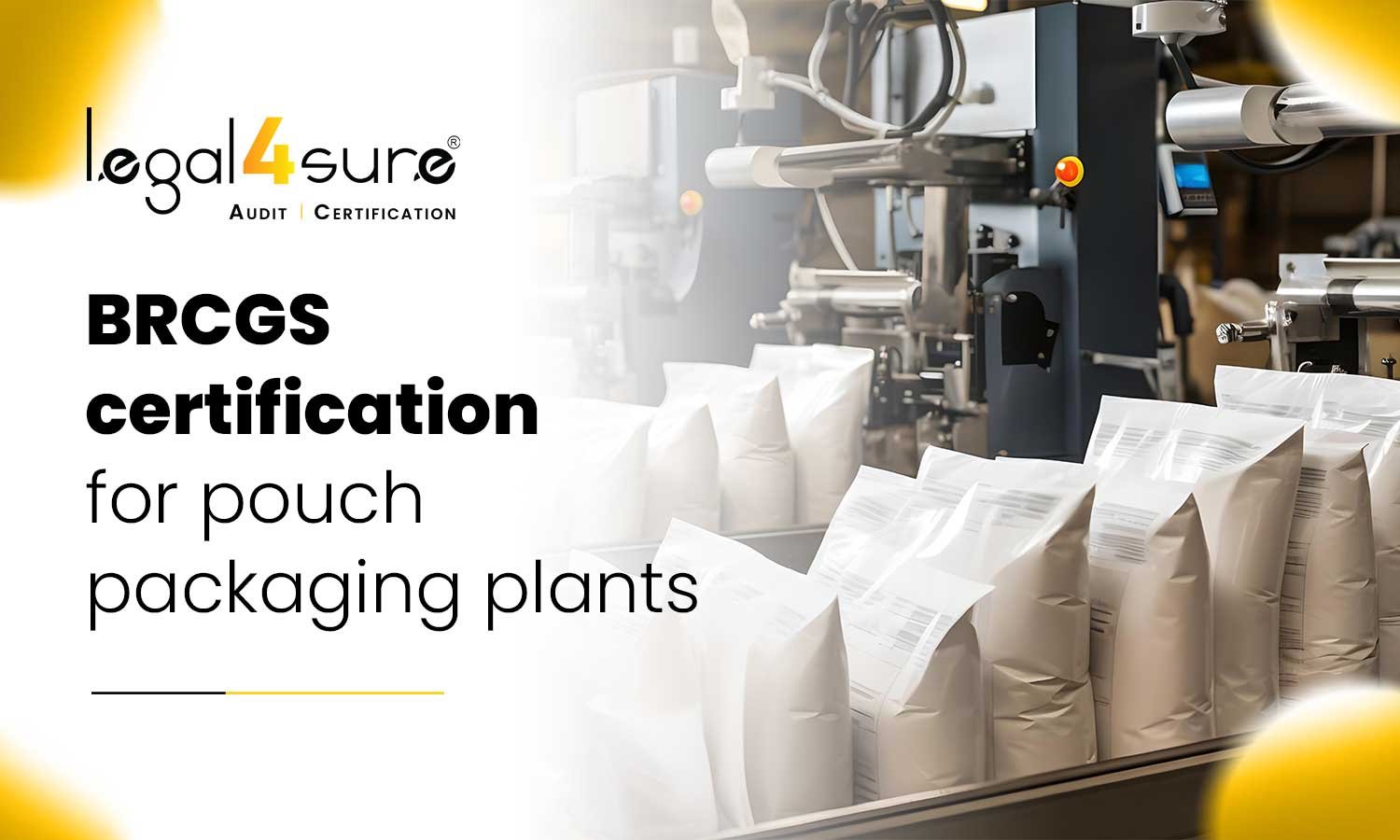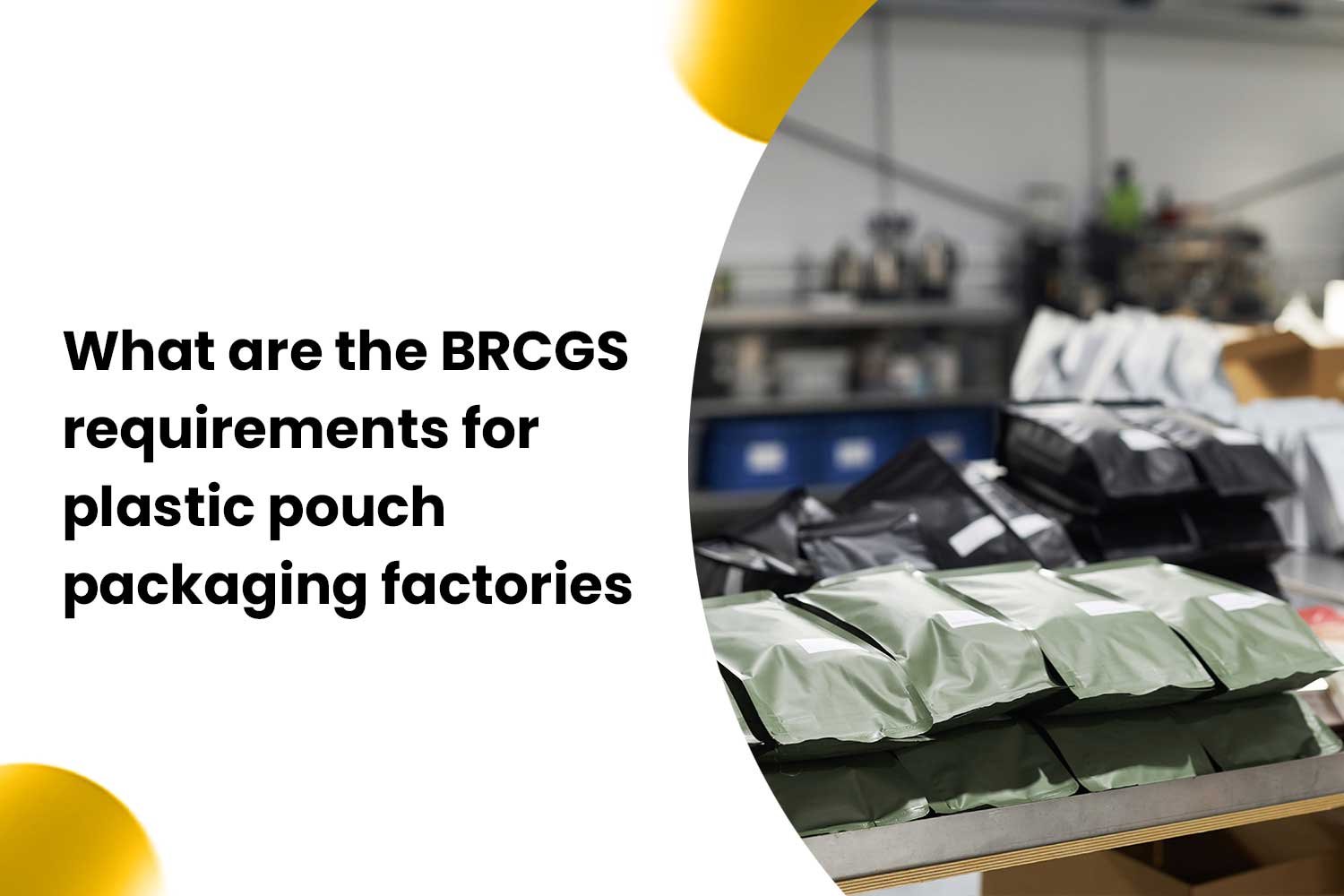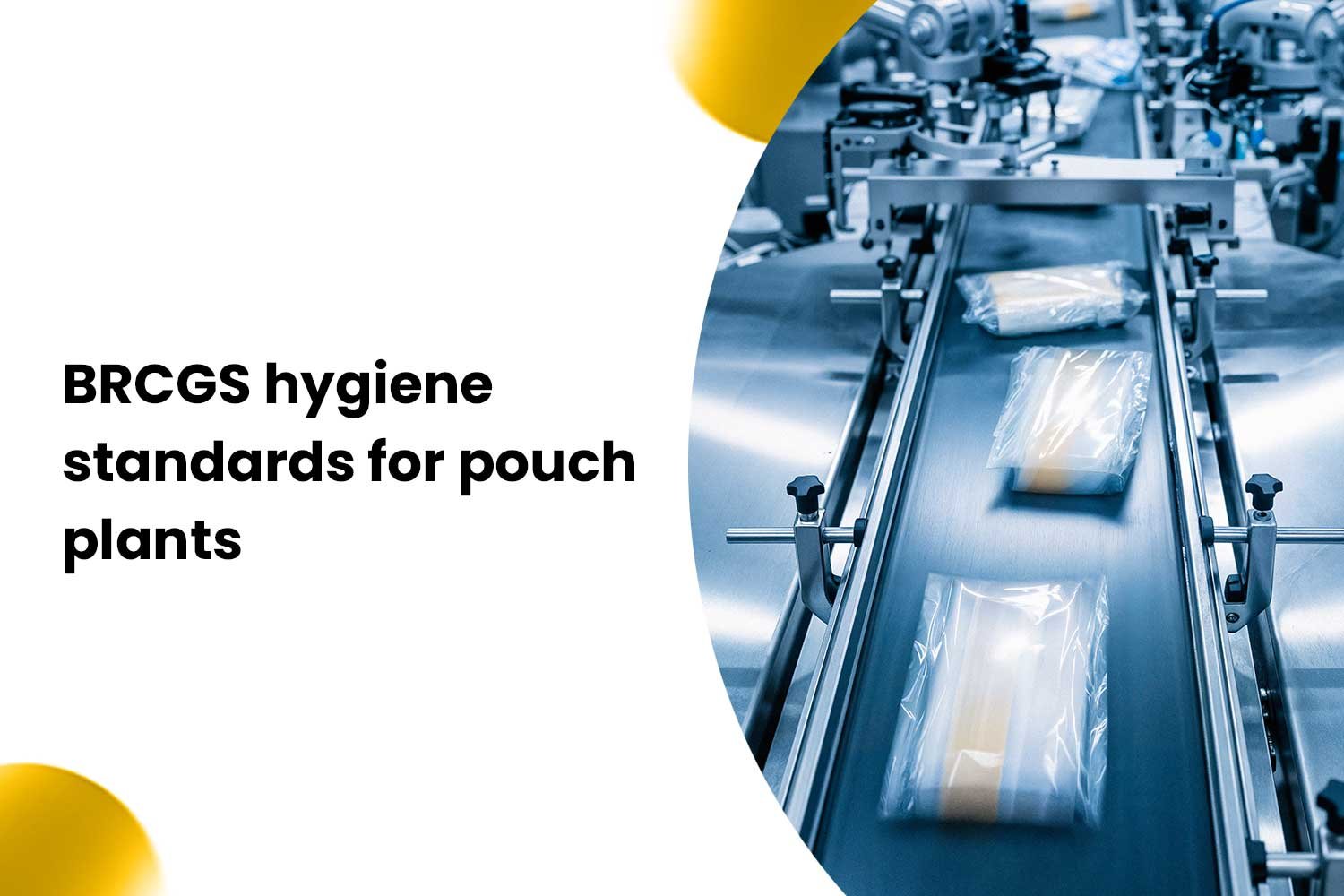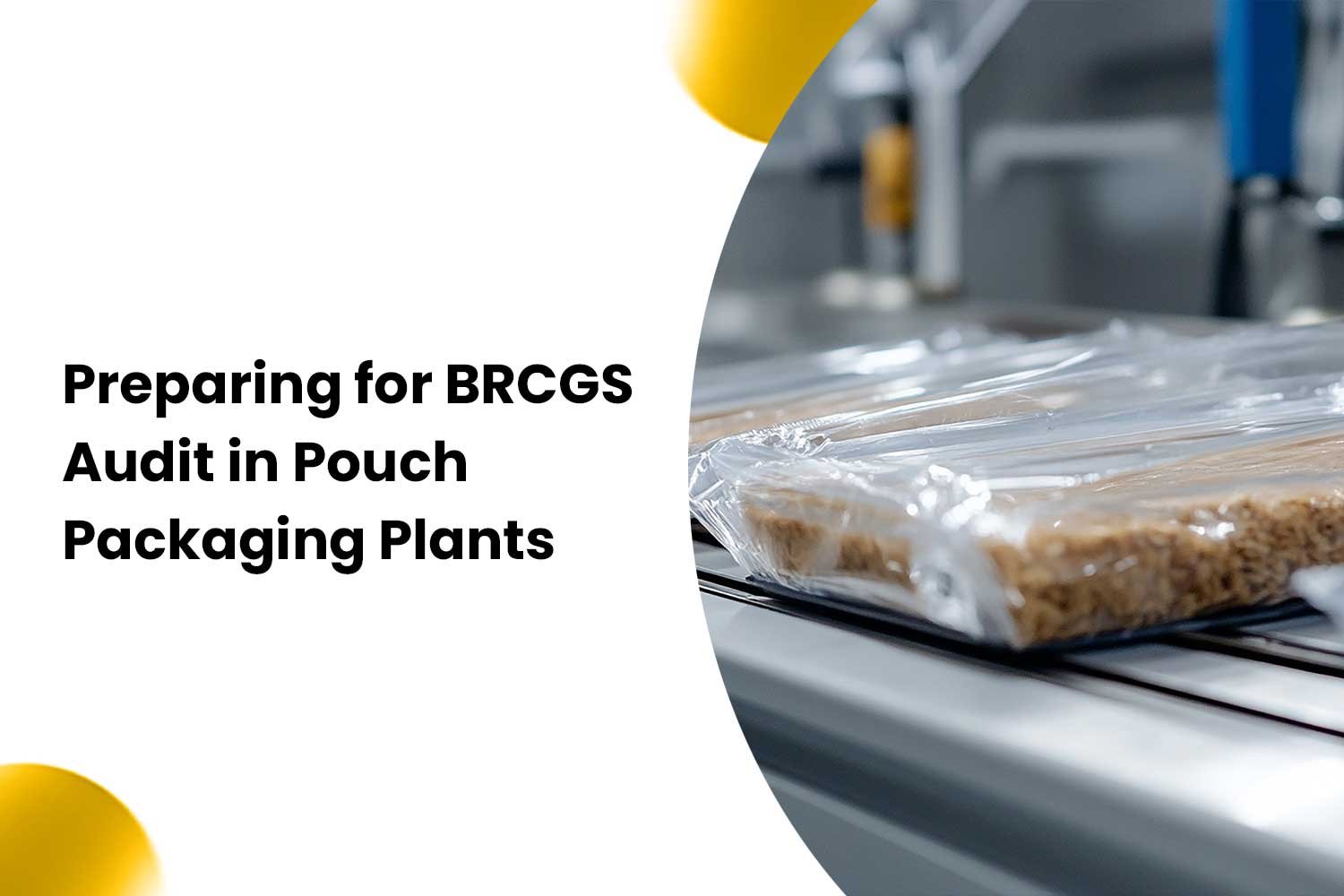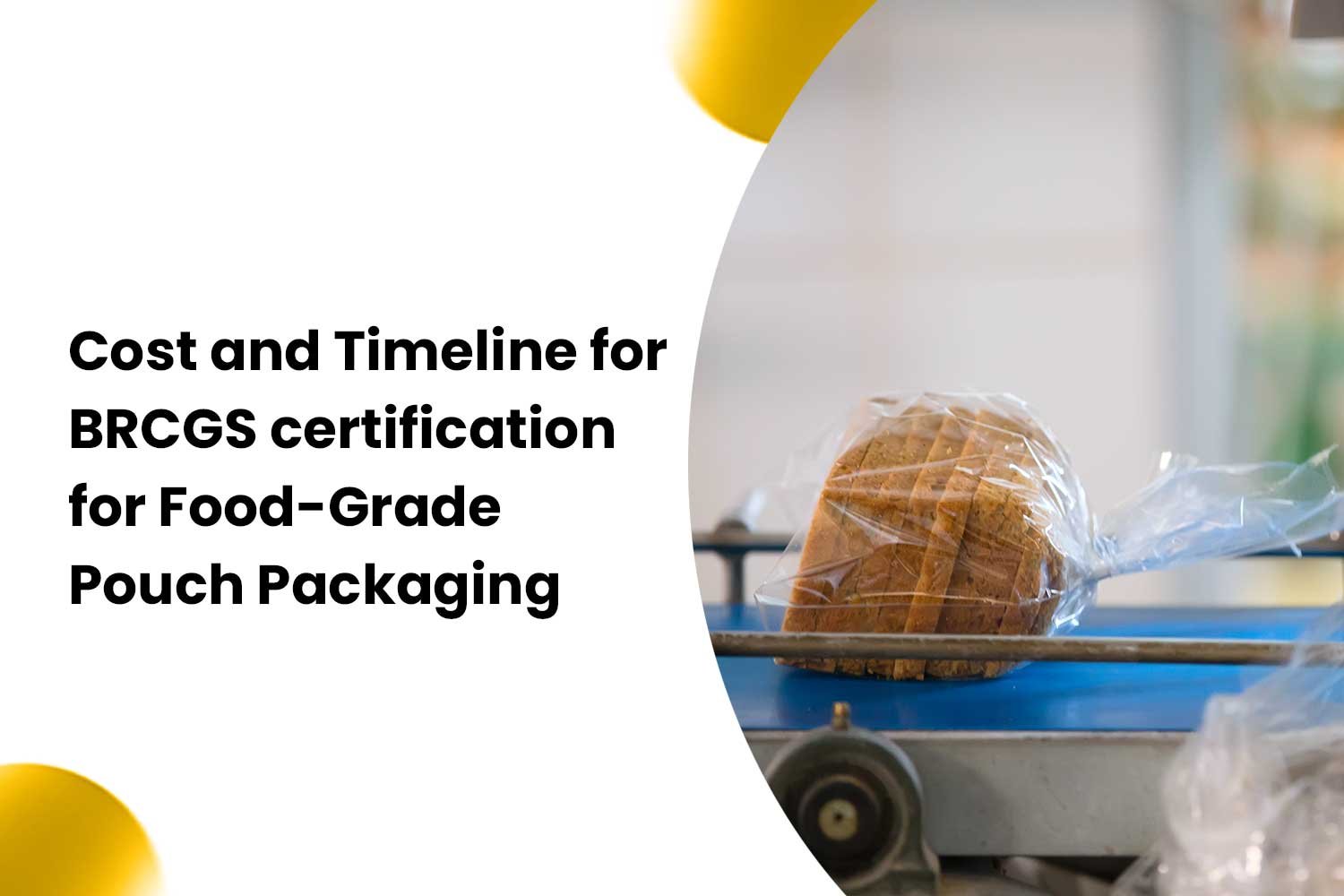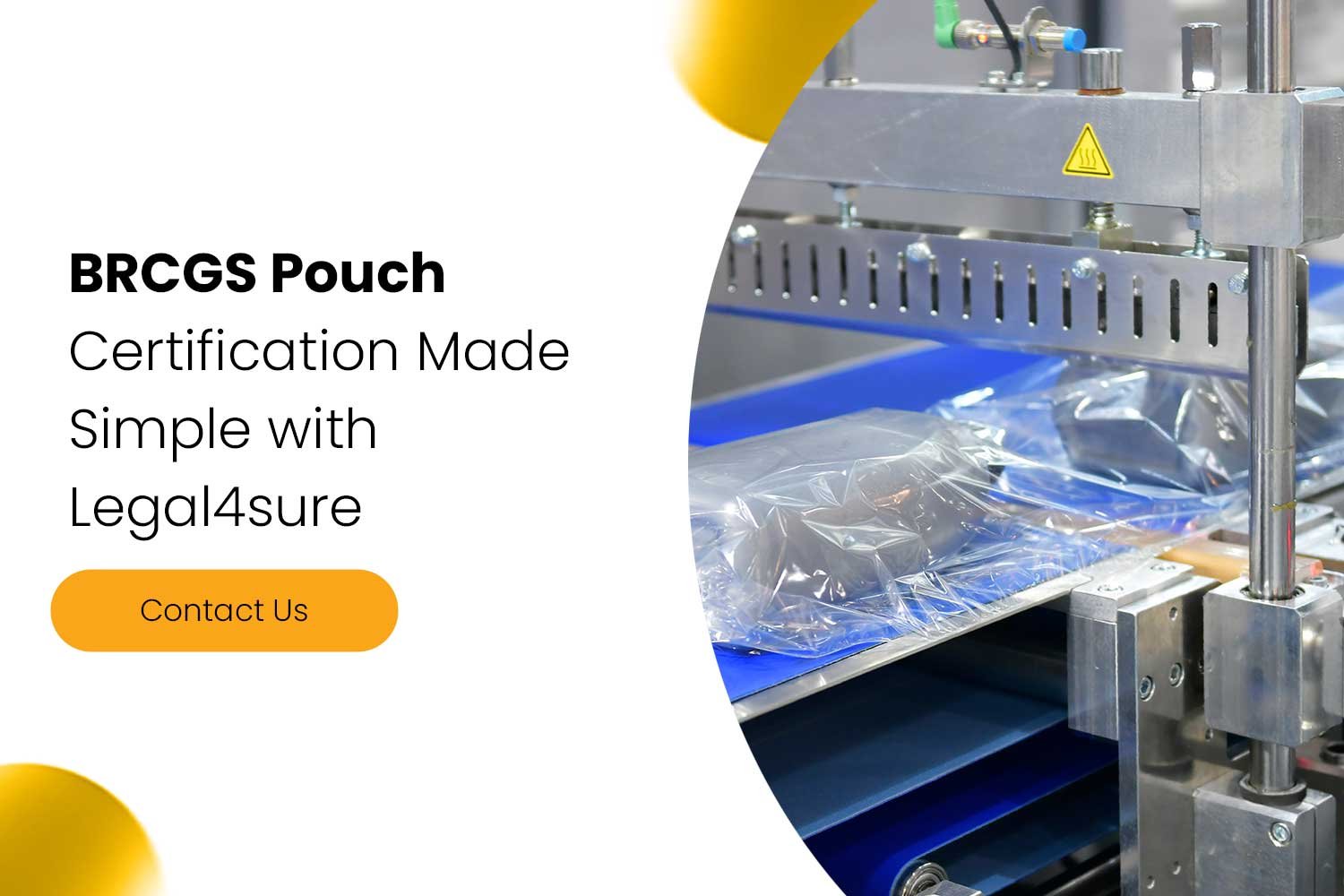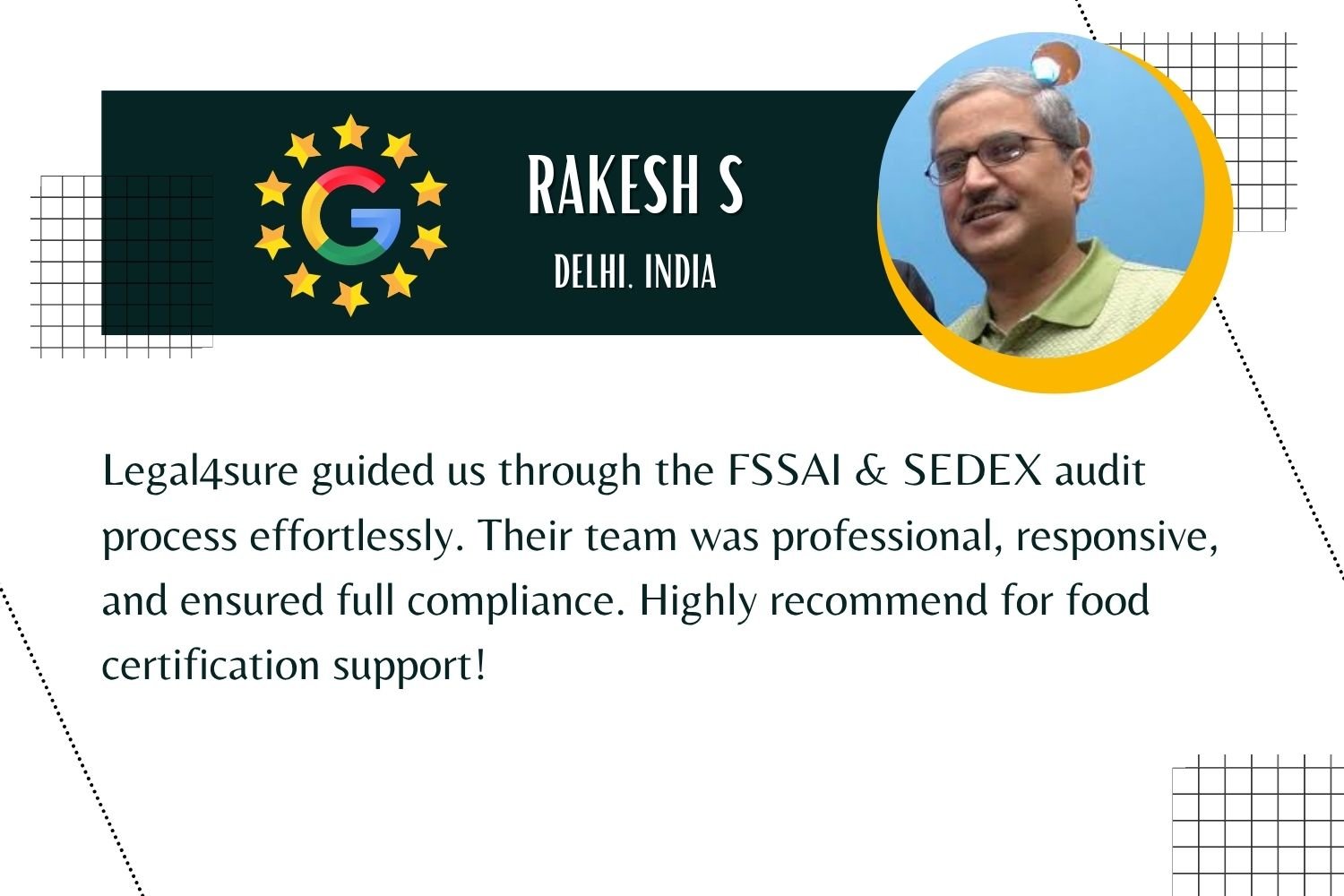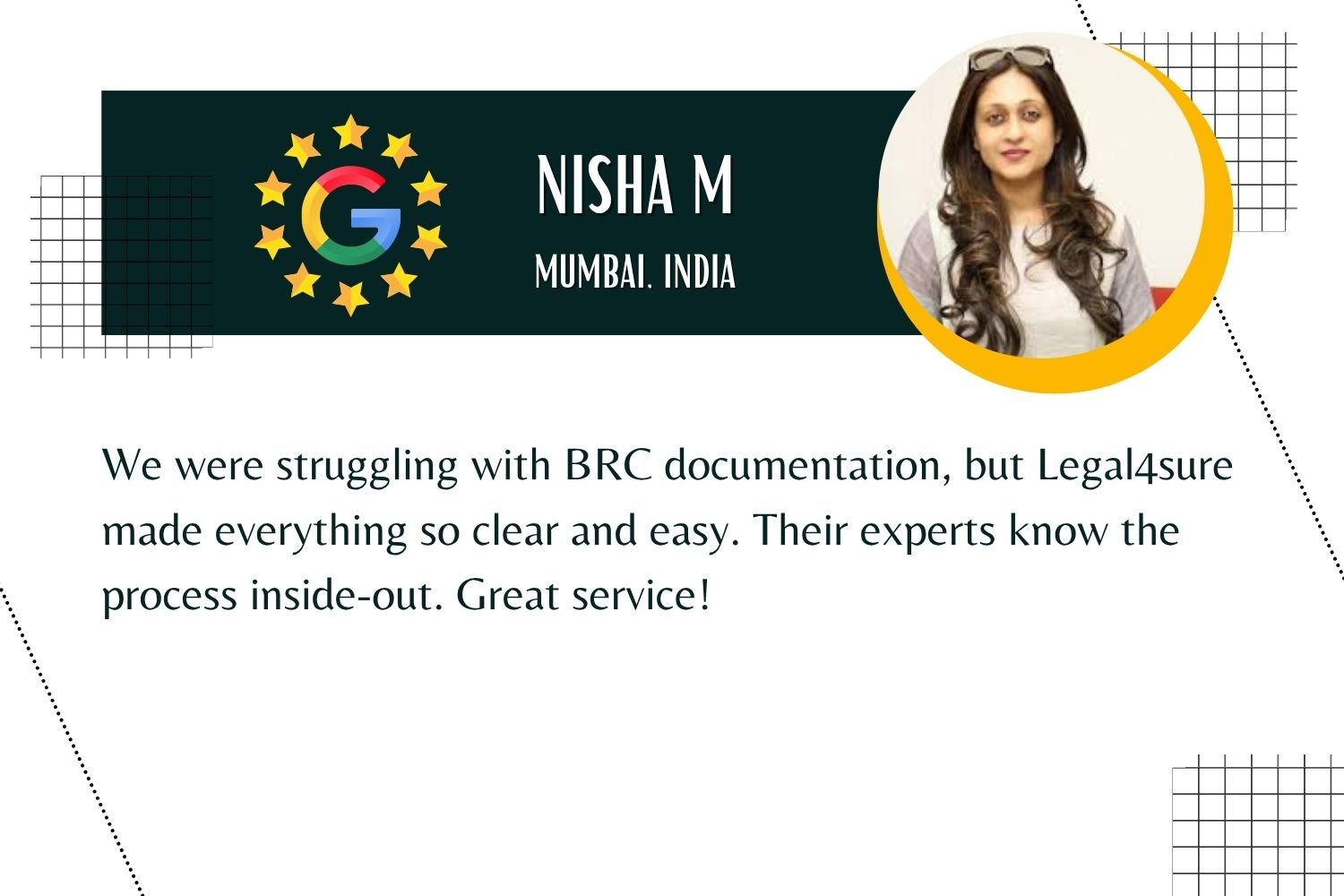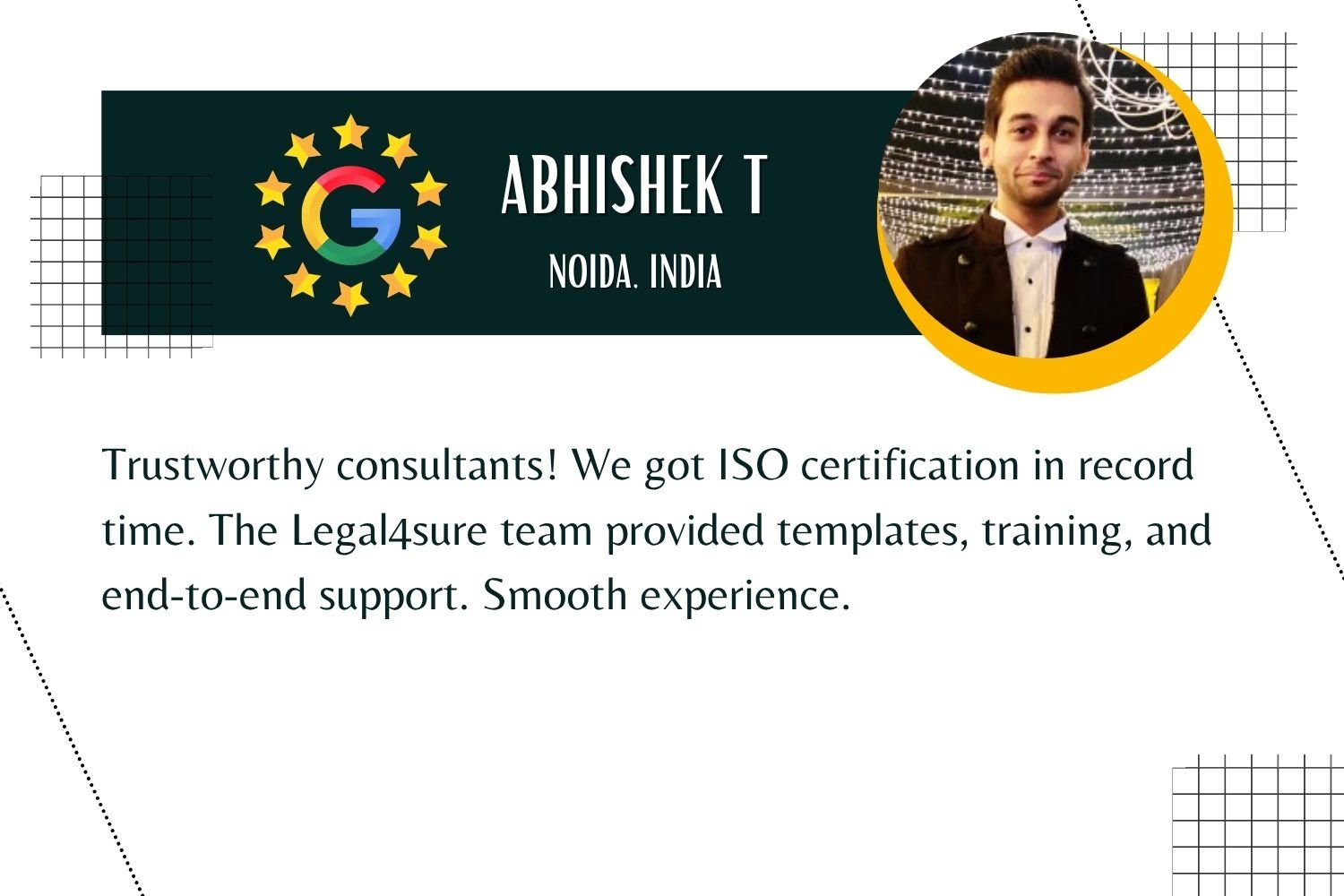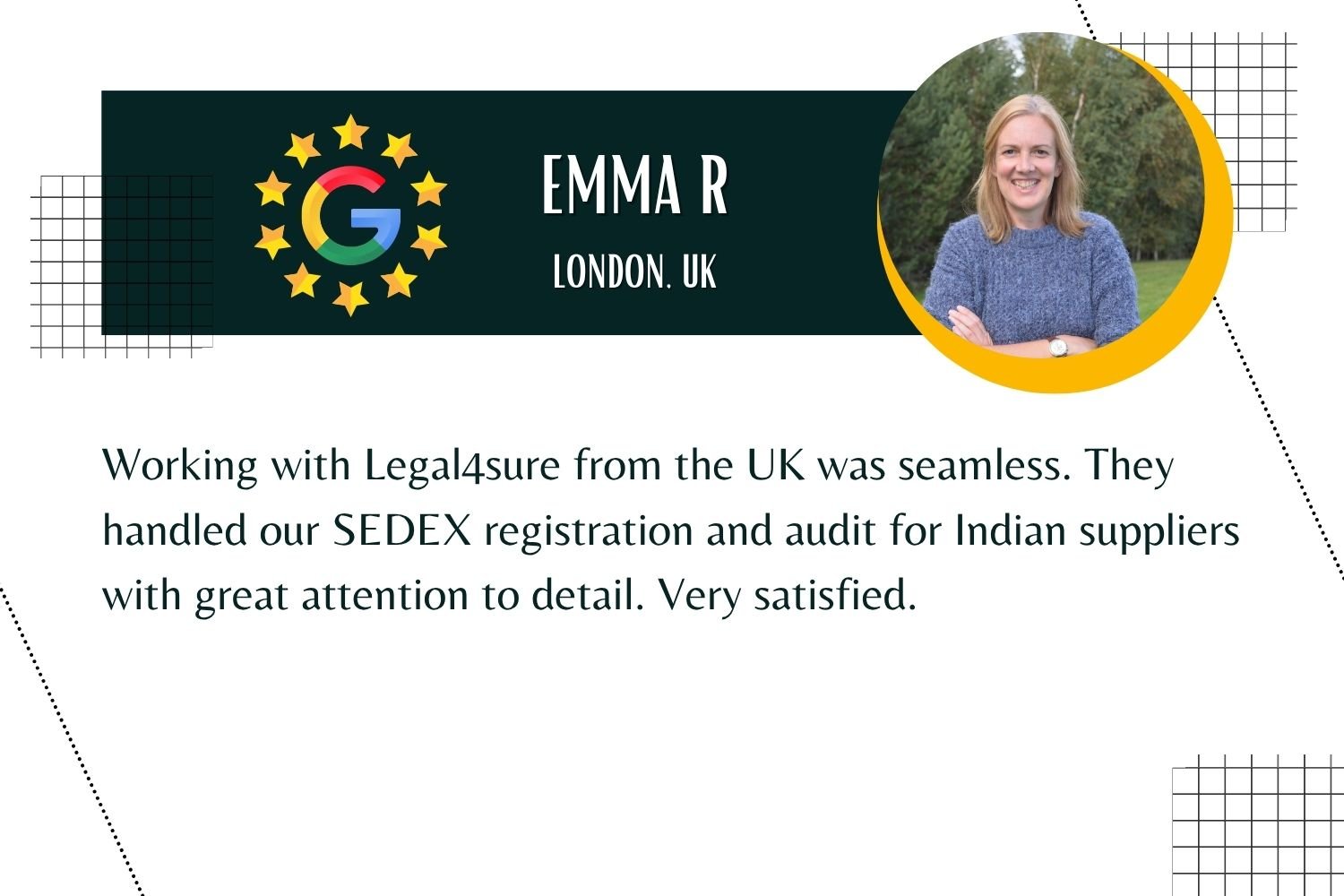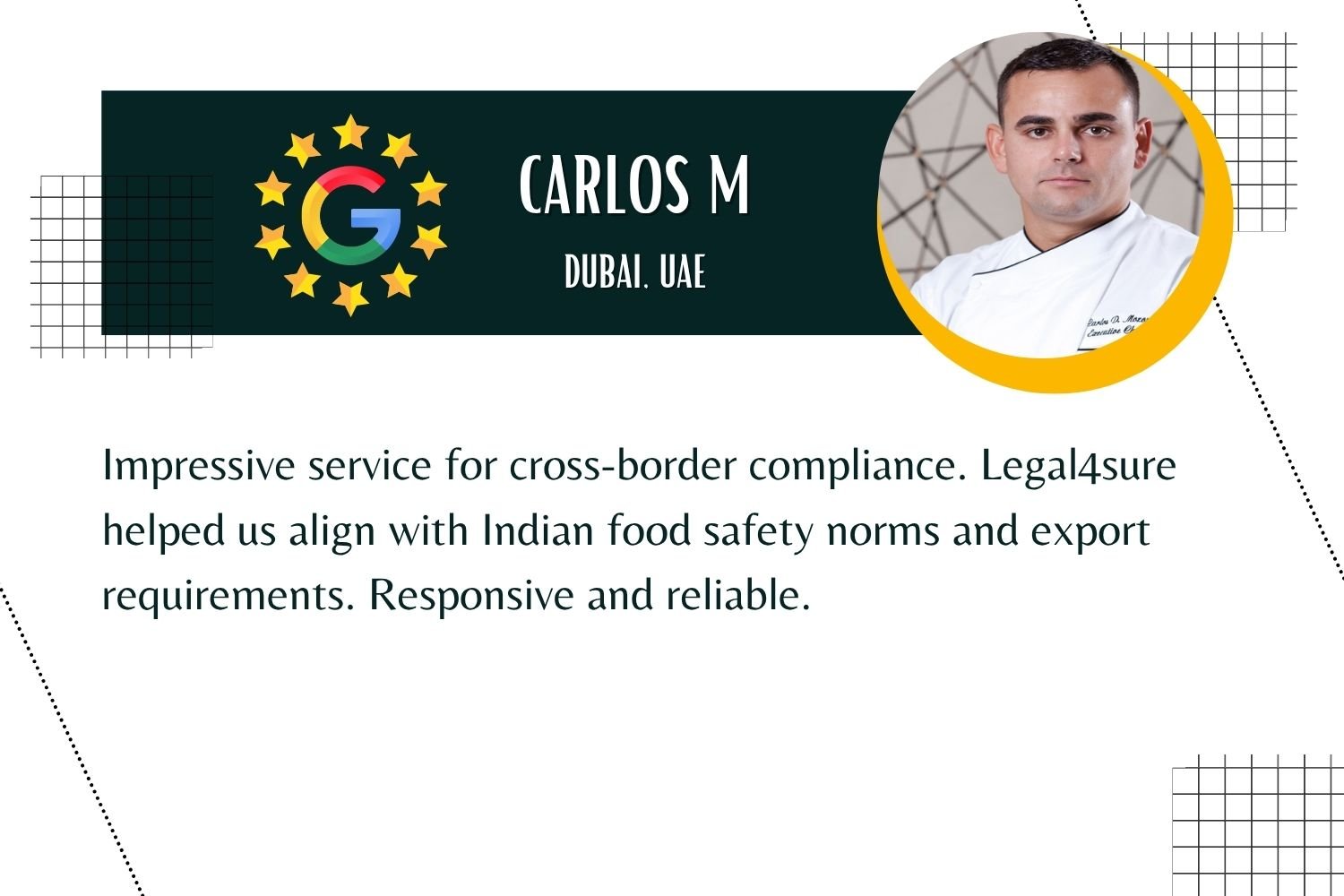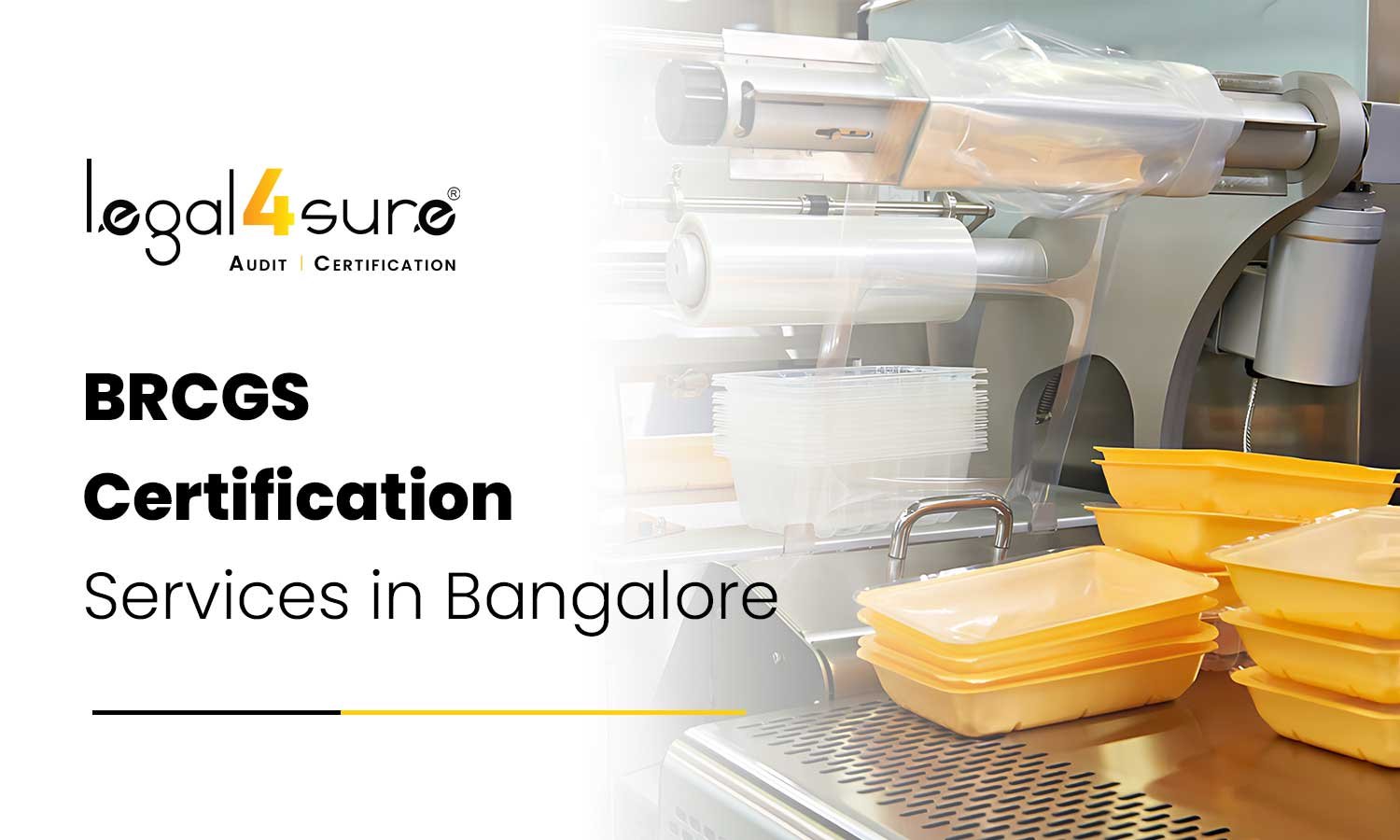Flexible plastic pouches are everywhere: snacks, spice packs, frozen foods, retort meals. And every one of them needs packaging that protects food safety, not just looks good. If you’re in the business of making these pouches, there’s a reason global buyers keep asking about one thing: BRCGS certification for pouch packaging plants. It’s not just another quality badge. It’s the thing that makes a buyer trust your floor, your film, and your process.
What are the BRCGS requirements for plastic pouch packaging factories
Auditors don’t show up with a one-size-fits-all checklist. They walk in with real expectations tailored to what are the BRCGS requirements for plastic pouch packaging factories. That includes:
- Clean, documented zones for food-contact packaging
- Foreign body controls across laminating and pouching units
- Approved materials with specifications for food safety
- Tight traceability from raw film to finished pouch
If you provide flexible pouch packaging safety, these are essential for earning BRCGS certification for pouch packaging plants. Whether you’re working with high-barrier laminates or plain three-side seal pouches, BRCGS wants proof that your system works, not just paperwork.
BRCGS Audit Checklist for Pouch Packaging Plants
What does the BRCGS audit checklist for pouch packaging plants include? It’s more than just SOPs and policies. Auditors look into:
- Pest logs, cleaning schedules, and maintenance records
- Seal integrity checks on machines
- Training files for QA, operators, and helpers
- Supplier approval system
- Monthly traceability tests
Audits aim to see if your factory can back up its claims. If your records don’t match actual practices, it will impact your score.
Read more: Fix BRCGS Non-Conformities In Indian Food Factories
BRCGS hygiene standards for pouch plants
Packaging isn’t food, but it touches food. BRCGS hygiene standards for pouch plants are as strict as those for food factories. Many units fail here. Common hygiene mistakes include:
- Films placed directly on the floor
- No handwash facilities at entry points
- Lint-shedding uniforms or open hair
- Insects near lamination areas
BRCGS certification for pouch packaging plants requires both hygiene and traceability. Hygiene prevents contamination, while traceability tracks issues fast; both are non-negotiable for global buyers expecting safe, compliant packaging.
Read more: Common BRCGS Audit Mistakes By Indian Export Units
GMP and BRCGS compliance for packaging
BRCGS builds on GMP, yet many factories treat them separately. This creates gaps. Strong GMP and BRCGS compliance for packaging means your team should view internal checks as more than a formality. If you’re aiming for BRCGS certification for pouch packaging plants, your systems must show real integration, not just parallel paperwork. Here’s how to connect them:
- Integrate GMP into operator training, not just QA work
- Conduct mock audits where operators explain the reasons, not just the steps
- Display cleaning frequency charts by machine, not just by zone
- Maintain one binder per line, not one for the entire plant
This is what real GMP and hygiene protocols for BRCGS pouch plants look like. They are living systems, not just paperwork.
Preparing for BRCGS Audit in Pouch Packaging Plants
Most teams start preparing in the last two weeks, which rarely works. If you want to prepare for a BRCGS audit in pouch packaging plants, start 60 days ahead:
- Conduct a gap analysis against the BRCGS standard
- Walk the floor weekly with a checklist
- Maintain a real-time log of pending versus fixed issues
- Rotate internal audits—don’t let QA do it all
- Run traceability drills every 15 days
It’s not about perfection. It’s about being ready. Auditors know plants aren’t perfect. They just want proof that you’re in control.
BRCGS vs ISO 22000 for packaging manufacturers
Many plants want to know: BRCGS or ISO 22000, which is better? The reality is, the choice between BRCGS vs ISO 22000 for packaging manufacturers depends more on buyer preferences.
ISO 22000 provides a food safety management system, but it doesn’t dig into the packaging-specific risks that BRCGS addresses. Issues like ink migration, seal strength, and raw film specs are only closely examined by BRCGS. If you deal with exports or retail private labels, expect BRCGS certification for pouch packaging plants to be the requirement. ISO is good. BRCGS is expected.
Cost and Timeline for BRCGS certification for Food-Grade Pouch Packaging
Many units are concerned about the costs, but the bigger concern is time. Here’s the cost and timeline for BRCGS certification for food-grade pouch packaging:
- ₹1.5–2.5 lakh total cost (consultant + audit + training)
- 4–6 months if you already have basic GMP in place
- Add 1–2 months more if you need to revamp the layout or utilities
The cost doesn’t hurt as much as losing a big buyer. And the longer you delay, the harder it gets to clean things up fast.
BRCGS Pouch Certification Made Simple with Legal4sure
Legal4sure helps Indian pouch packaging plants to get BRCGS-certified, while not overwhelming your team. You don’t need to be perfect, just find something that works, and improve, improve, improve…Start small. Find one risk to fix. Start there. Legal4sure will guide you through every checklist, every audit, every step.
Talk to Our Experts Today
FAQs
1. What is the time frame for BRCGS certification for pouch packaging plants?
The time frame depends on the readiness of your factory. On average, it takes a factory from 3 to 6 months from the gap assessment until the final audit. Small pouch plants without much in place could take longer if they are also addressing hygiene or documentation issues.
2. What are the hygiene requirements for pouch plants in regards to BRCGS?
The BRCGS hygiene requirements for pouch packaging plants include pest prevention, film storage, appropriate clothing, hand-wash stations, and records of cleaning. These types of requirements are taken as seriously as food factories because the packaging touches food directly.
3. Is BRCGS better than ISO 22000 for pouch packaging units?
Yes. BRCGS goes deeper into the risks related to packaging, hygiene practices, traceability, and supplier audits. ISO 22000 is predominantly food-focused and does not necessarily go deep into the risks associated with packaging. BRCGS is also more widely accepted and recognized by global buyers such as those in retail and export.
4. Can a small pouch manufacturer afford BRCGS certification?
Yes, particularly if you plan. Many small plants use internal SOPs with some basic hygiene training and traceability systems. Legal4sure has many reasonably priced audit preparation packages that will help small and medium-sized pouch units prepare for and become certified to BRCGS without the high cost of a consultant or needing an employee a full-time employee.

